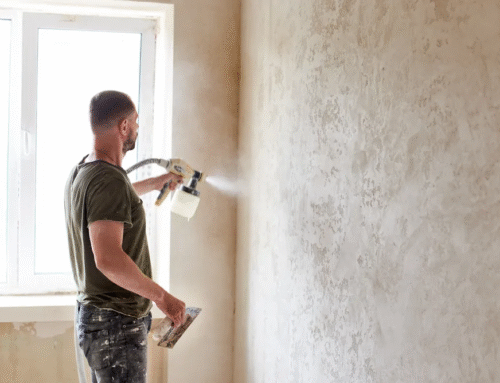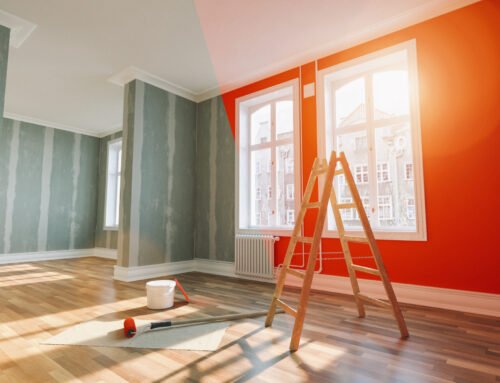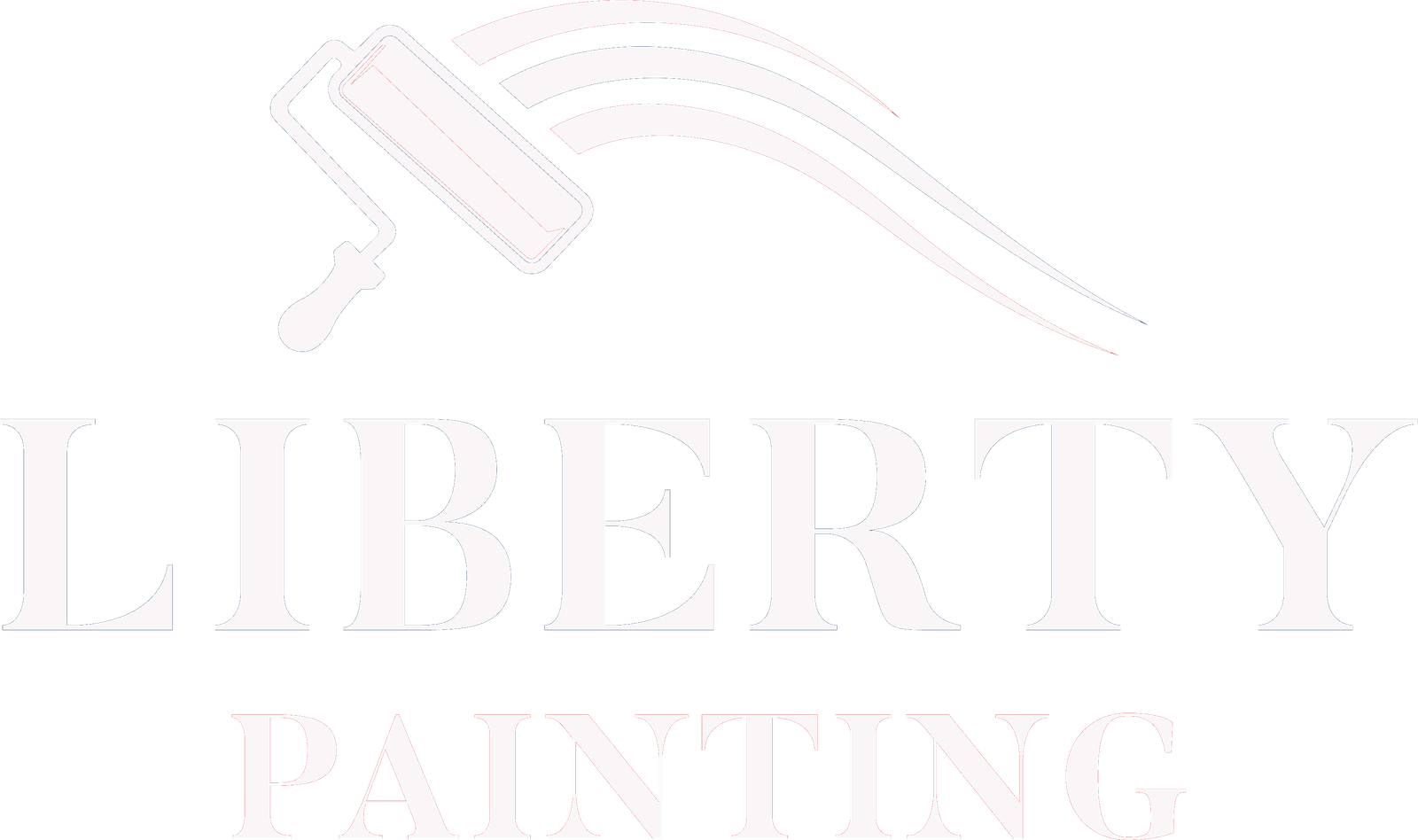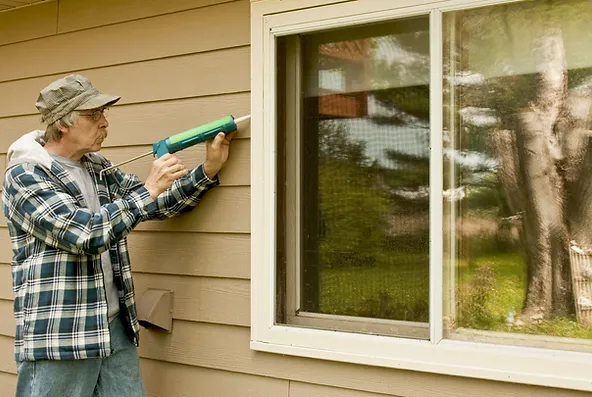
Why Caulking is Crucial to Any Paint Job
Caulking is a crucial aspect of painting and ranks among the most commonly employed products in any painting projects. It serves as a sealant that is resistant to mold and mildew, making it an ideal choice for filling gaps in moisture-prone areas like bathrooms and kitchens. By sealing crevices around windows, trim, and doors, it aids in maintaining consistent indoor temperatures by minimizing drafts and preventing water from infiltrating.
It is crucial to use high-quality caulk. Similar to paint, each brand produces multiple product lines with varying degrees of quality, and it is unwise to opt for cheaper options. Although some painters may attempt to save money on this aspect, it will eventually cost you more in the long run.
Using the Wrong Caulk May Shorten the Lifespan of Your Paint Job by 5 years
In many cases, our services are requested to repaint a house not due to paint failure but because the previous painters utilized low-quality sealant, which compromised the paint’s integrity well before it would have naturally required repainting. This issue arises when substandard caulk disintegrates and separates from the edges it was meant to seal, resulting in water infiltration into the paint.
Using the wrong type of caulk can also lead to damage. For instance, a top-notch kitchen sealant employed in an exterior setting can still develop cracks since it was not created to endure joint and beam contraction brought about by varying weather conditions.
It is disheartening to invest in top-notch paint only to witness it destroyed by water damage prematurely, all due to inadequate caulking that could have prevented the harm had the correct materials been employed. Our goal is to guide you away from subpar options and provide insight into what professionals utilize.
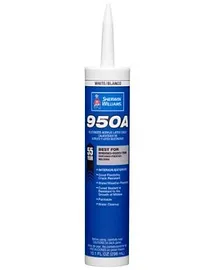
950A is a common caulk that many individuals opt for when tackling straightforward projects. While it is not our primary recommendation, it is a suitable choice for residences that require minor repairs. Compared to Home Depot’s Alex Plus, which should be avoided, 950A is undoubtedly sturdier and simpler to apply, with noticeable variations in thickness and adhesion. Additionally, paint will adhere to it instead of slipping off upon contact.
Retail Price: $3.39
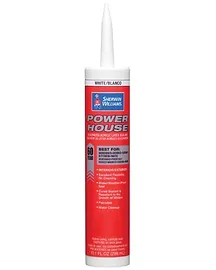
This is our preferred caulk as it meets all the fundamental requirements for applications such as trim, doors, interior, siding, facia, and exterior trim. This product is specially designed to endure the expansion and contraction of joints during seasonal temperature changes, resulting in outstanding flexibility that lasts for extended periods. As we provide a “Two-Year Painting Happiness Guarantee” to our services, we prioritize using high-quality products, and this is unquestionably one of them!
Retail Price: $3.89
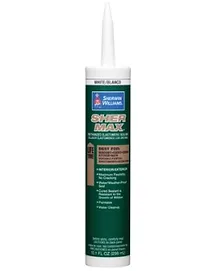
This caulking is suitable for use around exterior windows, doors, and other areas like the kitchen and bathrooms. Its superior flexibility accommodates regions that tend to expand in heat and fluctuate in cold. Although it is possible to use this caulking on siding, it may be unnecessary as siding typically does not expand to the same degree as other surfaces.
Retail Price: $5.39
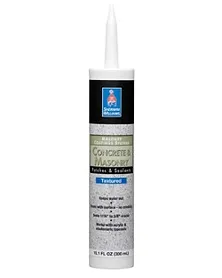
This sealant is suitable for stucco, concrete, and masonry cracks and joints. It helps prevent future moisture penetration and extend the life of your concrete or masonry surfaces. Additionally, it provides a smooth and uniform texture to enhance the appearance of the surfaces making them last longer and look better over time.
Retail Price: $9.39

Numerous individuals utilize this product in unsuitable locations, unaware that it is only appropriate for specific areas. It is ideal for kitchens and bathrooms, which are exposed to substantial amounts of water and do not require painting since paint cannot adhere to it. If you attempt to paint over the caulking, the paint will either shift away from it or create bald spots.
If the customer uses this caulking in an area that we intend to paint, we need to sand it down and apply oil-based primer before painting. This creates extra work when the product is applied in areas where it should not be used, costing the customer time and money.
Retail Price: $13.98
Which caulk is the most suitable for your project?
Frequently, we are tasked with repainting a house not because the paint itself failed, but due to the use of inferior sealant by previous painters, which weakened the paint and resulted in the need for premature touch-ups. Such a situation arises when the feeble caulk loses adhesion along the edges it was intended to secure, thereby permitting moisture to penetrate the paint.
Incorrect application of caulk can lead to damages as well. For instance, using a top-notch sealant meant for kitchen use in an exterior area will result in cracking problems, since it wasn’t formulated to withstand the contraction of joints and beams caused by changing weather patterns.


